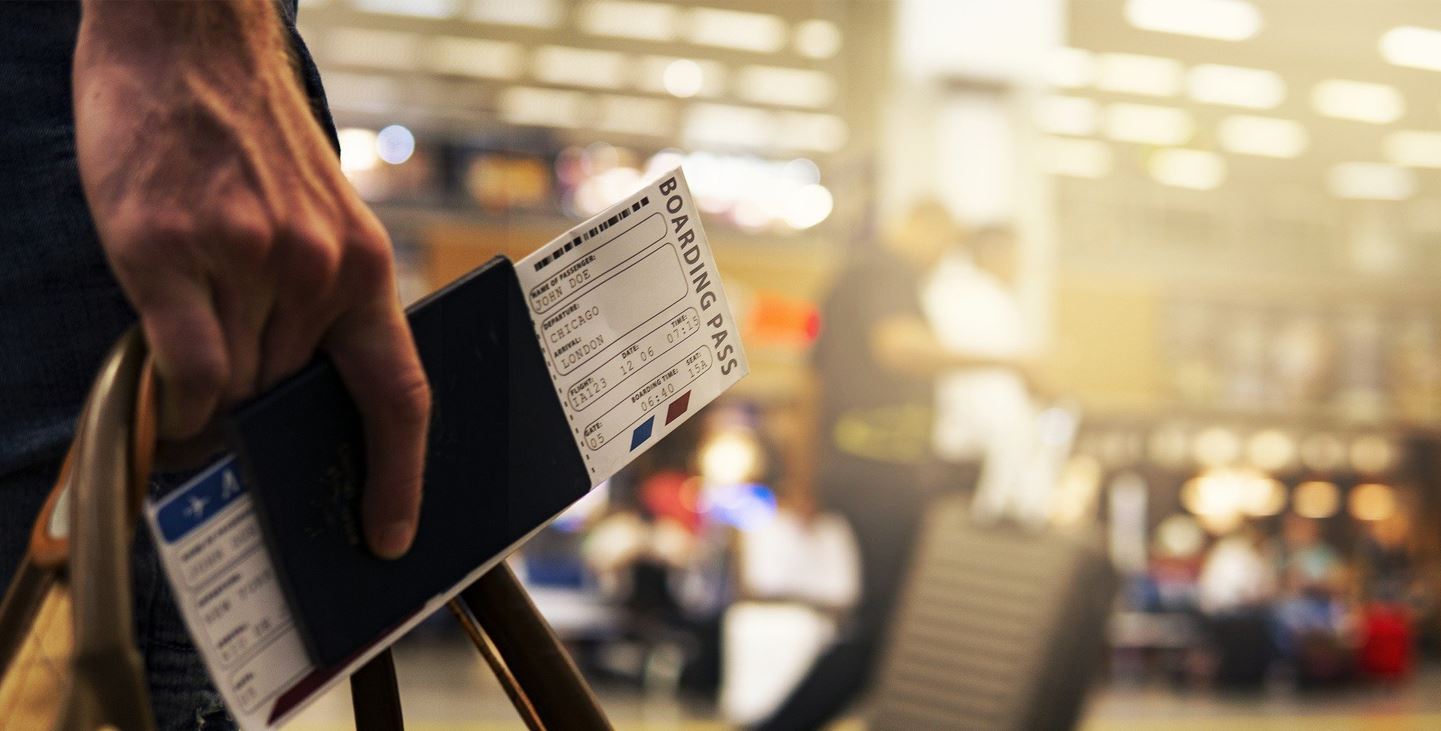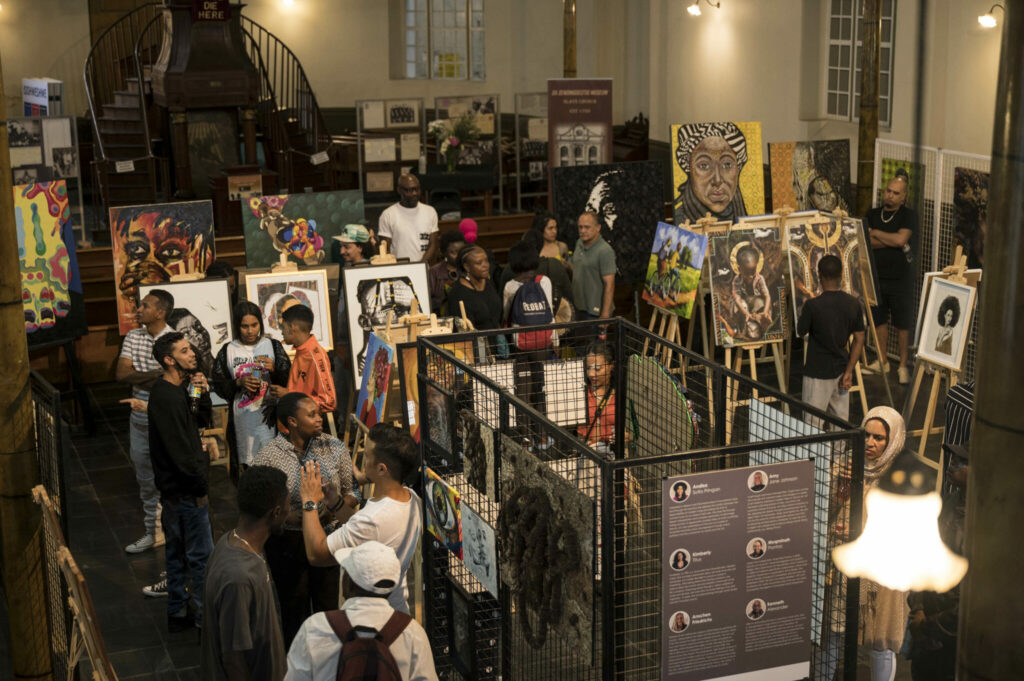A culinary journey around the world with chef Jenny Morris
Jenny Morris is a South African celebrity chef and radio personality based in Cape Town. She opened a cooking school in 1997 and has since published six cookbooks. A culinary maestro, Jenny made history as the first South African to host her own show on Food Network. Her career has taken her across the world, filming in locations such as Morocco, France and Italy. Despite her international track record, Jenny calls Cape Town home and firmly believes this city is the world’s culinary capital.
In upcoming issues of This is Cape Town magazine, Jenny will take readers on a global culinary journey from her home kitchen, showcasing the diversity and worldliness of the flavours that have influenced local cuisine over the years. Today, she transports us to the Indomalayan realm, exploring the history behind local favourites like bobotie and snoek (pike) pâté.
Cape Malay cuisine, unique to the Western Cape and specifically Cape Town, has roots in Malaysian, Indonesian, and East African culinary traditions, introduced to Cape Town in the 17th and 18th centuries by slaves brought to South Africa by the Dutch East India Company. Although some spices and ingredients have been substituted over the years, the essence of Cape Malay cooking remains integral to Cape Town culture, particularly among the Muslim community.
This cuisine is marked by rich, textured flavours that tell stories of the region’s culture and heritage. Capetonians have special connections with certain dishes: a bowl of aromatic biryani, bobotie, or bredie (stew) is a hearty comfort food that can cure any heartache; pickled fish is synonymous with Easter celebrations; braaibroodjies (barbequed sandwiches) are the highlight of a weekend braai (barbeque); and koesisters (sweet, spicy pastries topped with coconut) offer the perfect subtle sweetness when you need a pick-me-up.
The list continues with denningvleis (sweet-and-sour braised lamb), mince pies, savoury rice, curries, samosas, milk tart, and much more. Cape Malay dishes are made for sharing with family and friends, uniting people across languages and cultural barriers and making anyone feel at home.
Bobotie
For Jenny, bobotie epitomises Cape Town. Made with ground beef and sweet curry and topped with an egg custard, this is the ultimate cosy food for a chilly winter’s day. Vegans and vegetarians can easily substitute the meat with lentils while the top layer can be prepared using plant-based ingredients. She explains that each cook puts their own spin on bobotie, especially when it comes to the mixture of spices used.
Jenny uses a homemade masala mix, consisting of curry spice, fennel seeds, star anise, coriander seeds, cumin, and cinnamon. (All of these ingredients are sourced from Atlas Trading Company based in the Bo-Kaap, where you can stock up on local spices during your time in Cape Town!). She also loves to use chutney, apricots, and apricot jam in this recipe. The final touch before putting it in the oven is adding fresh bay leaves on top to infuse a beautiful flavour into the dish.
While bobotie is typically prepared as a main dish, the leftovers can be used creatively. Jenny demonstrates her go-to trick, using leftover bobotie (sans egg custard on top) as a sandwich topping for a traditional South African braai. This is typically made with cheese, tomato, and onion (with locals often divided on whether or not to add chutney to a braaibroodjie!). Jenny puts a playful spin on this classic side dish by spreading bobotie filling on a sandwich and adding cheese to melt over the fire. Spring onion adds the finishing touch to make the flavours pop.
Snoek
For those feeling brave enough to cook their own snoek while in Cape Town, Jenny’s top tips for choosing the right one at a fish market in Kalk Bay, Hout Bay, Simon’s Town, or Gordon’s Bay are to check that the gills are bright red – not brown and not cut, the eyes must be bright and bulgy, and the body’s meat must be firm, bouncing back when poked. She fondly remembers the snoek cart driving through Cape Town when she was a child, selling fish to locals — either fresh or preserved by being smoked or salted.
Today, she demonstrates her smoked snoek pâté recipe. She adds gherkins, spring onion, cream cheese, fresh cream, olive oil, fennel, lemon zest, and a bit of salt to the mixture that forms the binding agent. A finely chopped onion can be added for extra flavour. The chopped smoked salted snoek is then gently folded into this mixture to create the pâté, served with seeded brown bread as a starter or snack.
Cuisine, culture, and community – Cape Town’s food offers a window into all that this city has to offer.
Is your mouth watering yet? Come to Cape Town and sample these dishes yourself! Whether you leave it to the local professionals or try your hand at cooking your own Cape Malay feast, the memories of these flavours will last a lifetime.
You may even be so lucky to attend a local cooking class taught by Jenny herself – visit @jennymorrischef on Instagram to find out more!
Share this blog
Published |
August 27, 2024





